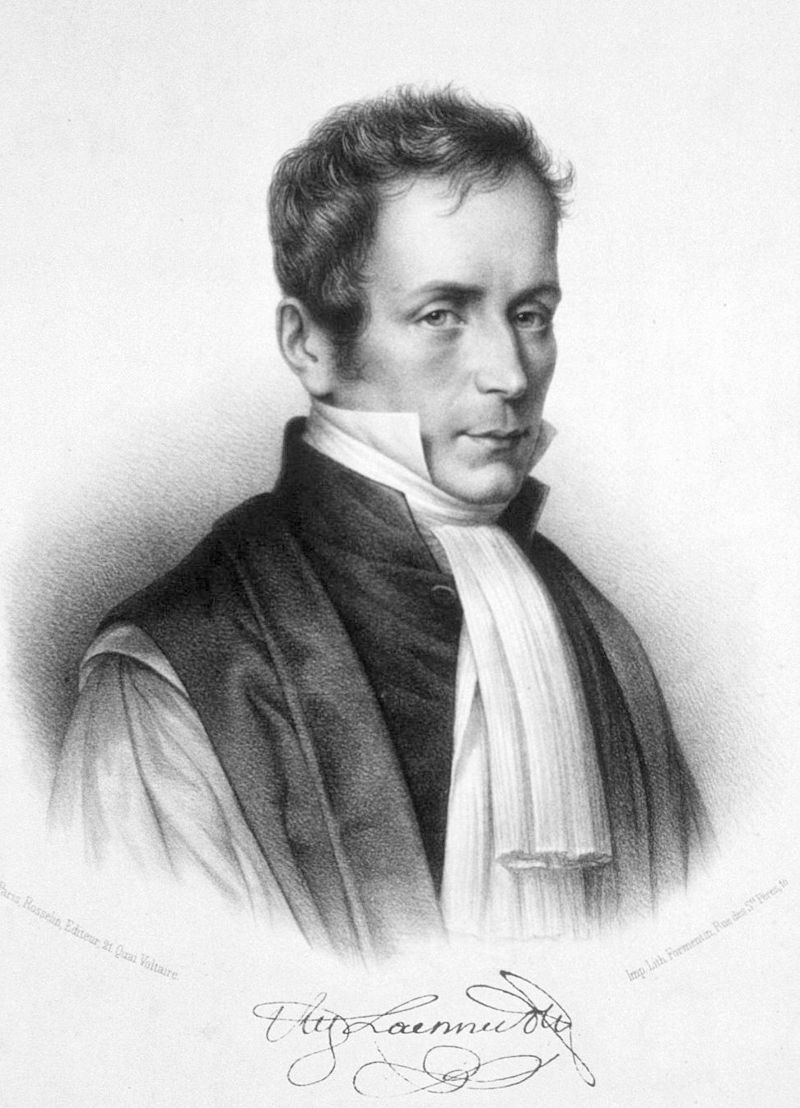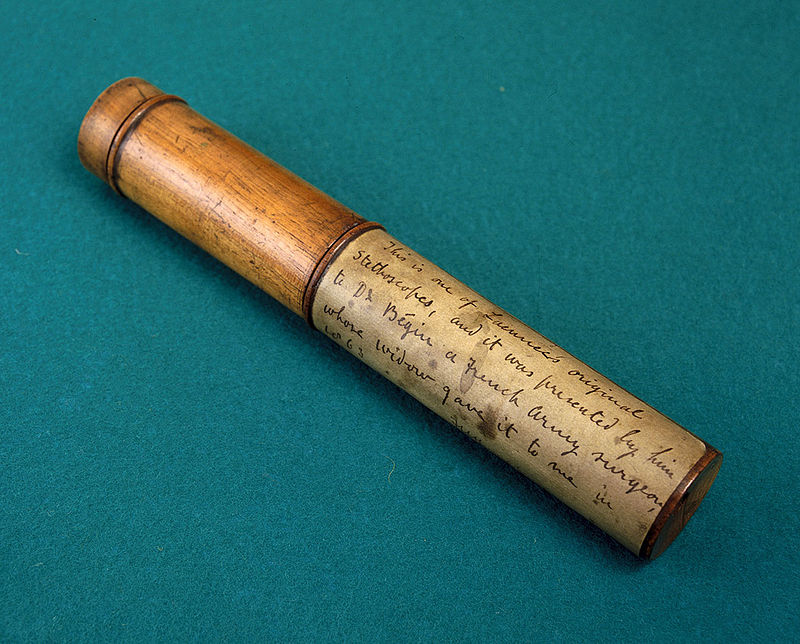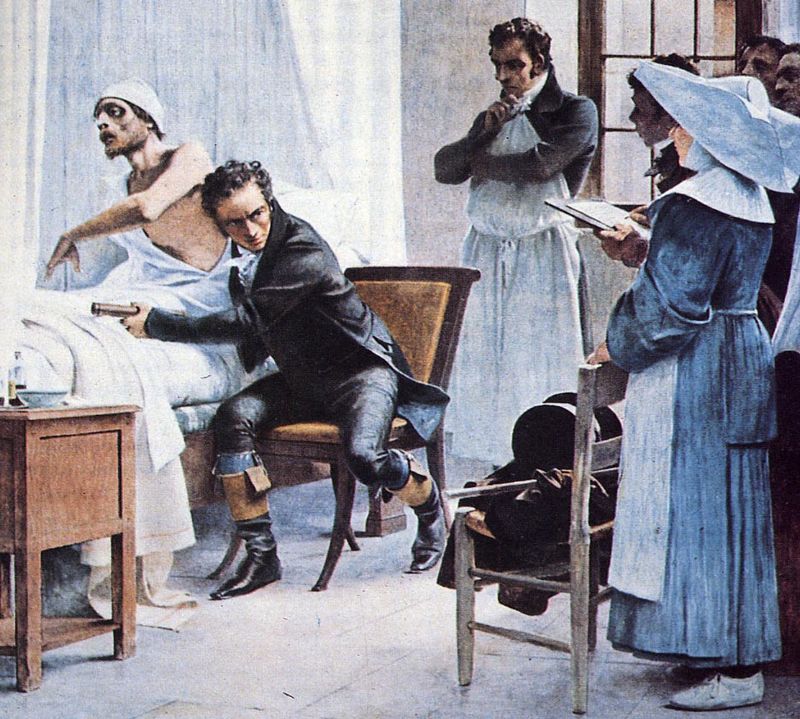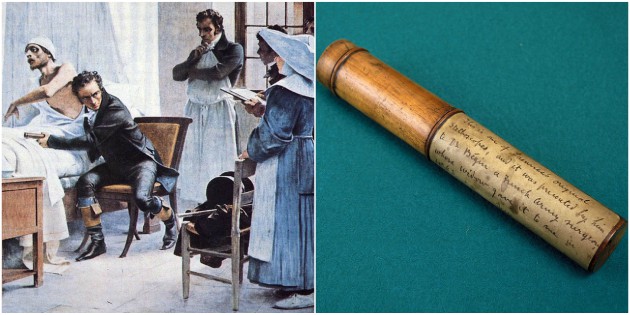Rene Laennec born 1781 was a French doctor and inventor. In 1816, he invented the very first stethoscope and made a hugely important contribution to modern medicine.
He is also known as the father of clinical auscultation, and he is considered to be one of the greatest doctors in history.
He began his medical studies under his uncle’s direction at the University of Nantes. He began his working days in the hospital at the Hotel-Dieu in Nantes. There he learned the basics of applying surgical dressings and taking care of patients.

He gained more experience when he went to Paris to work in the laboratory of surgeon and pathologist Guillaume Dupuytren. It didn’t take long for Laennec to become the leading French internist of his time.
What is fascinating about his story is that he invented the stethoscope because he was shy. At that time doctors generally listened to heartbeats by placing an ear directly on a patient’s chest. When he was examining a young woman complaining of heart problems, he thought it was improper to place his ear on her chest, especially as she was overweight.
He rolled a piece of paper into a tube and pressed it to her chest, and he was able to hear the heartbeats clearly – even more clearly and distinctly than he had ever been able to do by the immediate application of the ear.

Laennec’s original stethoscope consisted of a hollow tube of wood that was 3.5 cm (1.4 inches) in diameter and 25 cm (10 inches) long and it transmitted sound to only one ear.
The awkwardness that the previous method created in the case of woman patients compelled Laennec to find a better solution for this problem. His wooden stethoscope was replaced by models using rubber tubing at the end of the 19th century.

His invention was very quickly adopted across France and Europe. He spent the next few years testing various types of materials to make tubes, perfecting his design and listening to the chest findings of patients with pneumonia.
Laennec died of tuberculosis at the age of just 45 in 1826. He knew how valuable his discovery was, calling it “the greatest legacy of my life.”
